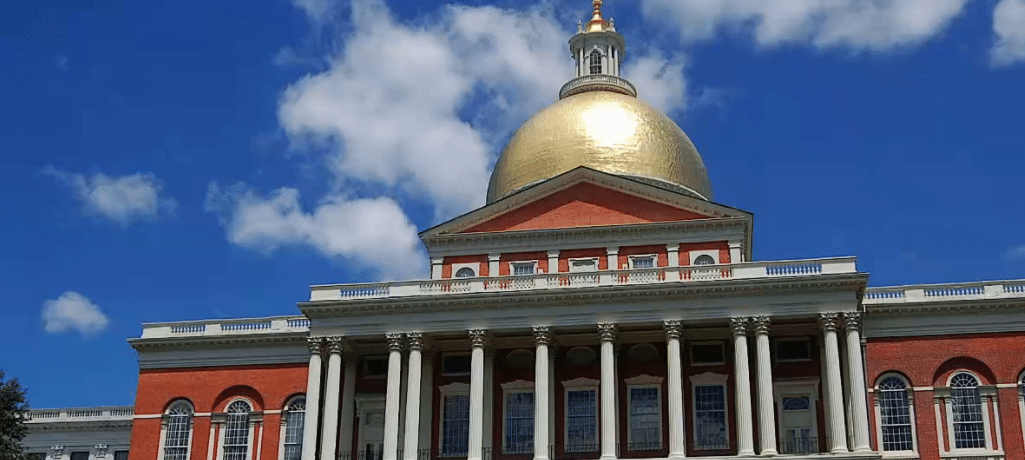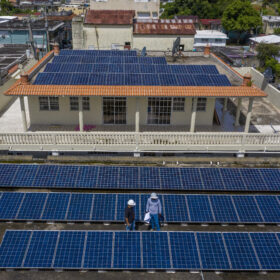When Republican Charlie Baker won the gubernatorial election in Massachusetts in 2014, this author was among those who openly questioned if he would have the kind of vision for solar in Massachusetts that his predecessor, Governor Deval Patrick (D) showed with the state’s initial 1600 MW solar goal.
As such, it came as a pleasant surprise when Baker saw Governor Patrick’s 1600 MW target (which was reached earlier this year, three years early) and doubled it. But setting a number was the easy part. The hard part was crafting a new policy under which to deploy the next 1600 MW.
It’s taken nearly a year since the first draft was released and more than a few hearings, but last Friday the Baker Administration presented the final version of the Solar Massachusetts Renewable Target (SMART) program, which it intends to final in the State Register on August 25 “with minimal to no changes”.
The program is an interesting hybrid of a number of approaches, with incentives paid as a declining block “adder”, which can be added as an incentive to net metered systems. The result is similar to a feed-in tariff, however prices are set by an initial auction, with a multiplier for smaller projects. The program also includes special rates for various kinds of projects, including projects on landfills, brownfields and solar canopy structures.
The final document makes some significant changes to a draft program filed on June 5. Significantly, it raises a cap on bids for a first 100 MW auction to set prices for the program to $0.17 per kilowatt-hour, a change which Vote Solar Northeast Regional Director Sean Garren has called “critically important”.
Additionally, the caps on individual adder categories has been removed, and changes have been made to rules regarding parcels. The SMART program is intended to incentivize PV projects 5 MW and smaller, and had set certain rules to prevent the program from being gamed to build larger projects in groups of 5 MW. However, the Baker Administration has made some common-sense changes to these rules, such as allowing an exception for solar canopies built on the same site as roof-mounted systems, and allowing units to be built on contiguous parcels if done by unaffiliated parties.
Both Vote Solar and Solar Energy Industries Association (SEIA) expressed approval of the changes. “It looks like they took a lot of our concerns and tried to address them,” Vote Solar’s Garren told pv magazine. However, both organizations stressed that what must be done now is to raise the state’s caps on net metering, which have been ratcheted up in successive legislation just long enough to allow the solar industry a few years before hitting them again.
“On balance the regulations are an improvement over the earlier version,” stated Dave Gahl, SEIA’s Director of State Affairs, Northeast. “But the next immediate step is for the legislature to raise net metering caps so Massachusetts can continue growing as a national solar leader.”
This content is protected by copyright and may not be reused. If you want to cooperate with us and would like to reuse some of our content, please contact: editors@pv-magazine.com.








By submitting this form you agree to pv magazine using your data for the purposes of publishing your comment.
Your personal data will only be disclosed or otherwise transmitted to third parties for the purposes of spam filtering or if this is necessary for technical maintenance of the website. Any other transfer to third parties will not take place unless this is justified on the basis of applicable data protection regulations or if pv magazine is legally obliged to do so.
You may revoke this consent at any time with effect for the future, in which case your personal data will be deleted immediately. Otherwise, your data will be deleted if pv magazine has processed your request or the purpose of data storage is fulfilled.
Further information on data privacy can be found in our Data Protection Policy.